The drive to reduce the weight and improve performance in aircraft designs has led to the widespread use of high-strength aluminium alloys, particularly in structural components. But with these materials comes a unique and often underestimated threat, exfoliation corrosion.
Unlike general surface corrosion, exfoliation can quietly but aggressively undermine structural integrity, especially in aircraft components under mechanical load. In this article, we explore what exfoliation corrosion is, why it poses a specific risk to aircraft and how engineers can address it through smarter design, material selection, and mechanical joint solutions.
What is exfoliation corrosion?
Exfoliation corrosion is a severe form of intergranular corrosion that occurs when corrosion products build up between the grain boundaries near the surface of a metal. This causes the layers of the material to lift or "exfoliate" like the pages of a book. It is especially common in rolled, extruded, or forged aluminium alloys, which are materials prized in aerospace for their strength-to-weight ratio.
Unlike uniform corrosion, exfoliation doesn’t eat through metal evenly. Instead, it expands between grain layers, causing swelling, cracking and flaking. This type of corrosion is often accelerated by high humidity, salt-laden environments and the presence of dissimilar metals.
Why it’s a problem for aircraft
Exfoliation corrosion is particularly dangerous in structural assemblies like wing skins, stringers, frames and other areas under stress. But its impact on mechanical joints in particular can be a significant challenge for designers.
- Dimensional changes: As the material swells and flakes, it can alter the geometry of a joint, leading to misalignment or preload loss in fasteners.
- Material embrittlement: Layers separating beneath the surface compromise the parent material’s load-bearing capacity.
- Increased stress concentrations: As the surrounding material weakens, mechanical loads redistribute unevenly, heightening the risk of fatigue failure.
In mechanical joints (especially those using aluminium) the onset of exfoliation corrosion can silently reduce clamping force, cause joint loosening and even contribute to structural cracks over time. For aircraft that operate in marine or humid climates (which are most), this risk only grows more severe.
Solutions to combat exfoliation corrosion in aircraft
Preventing exfoliation corrosion requires a multi-layered approach, one that considers materials, environments and the mechanical design of joints.
Use of corrosion-resistant materials
Not all aluminium alloys are created equal. Alloys with finer grain structures and improved heat treatments demonstrate greater resistance to exfoliation. In some cases, switching to corrosion-resistant alternatives such as titanium or composites may be viable, though often at the cost of added weight or complexity.
Surface treatment and sealants
Anodising, chromate conversion coatings and corrosion-inhibiting primers are commonly used to protect surfaces from environmental exposure. For joints, sealants can prevent moisture ingress, especially in faying surfaces where corrosion often begins.
Smart joint design
Joints should be designed to avoid crevices and moisture traps, and fasteners should be selected to minimise galvanic reactions. But even the best joint designs face long-term degradation if the base material begins to exfoliate. This is where wire thread inserts provide a robust, long-term solution.
Wire thread inserts - a defensive layer for mechanical joints
Wire thread inserts offer multiple benefits in the fight against exfoliation corrosion.
- Stabilise joints in corroding materials: As exfoliation can compromise the internal threads of a parent material, wire thread inserts provide a stable and corrosion-resistant interface. This preserves joint strength even as the surrounding material degrades.
- Prevent thread damage: Exfoliation corrosion can cause expansion and cracking in threaded holes. Wire thread inserts distribute stress evenly, reducing the risk of thread deformation over time.
- Material and finish flexibility: Wire thread inserts are available in materials like phosphor bronze and Inconel-X750, with surface finishes such as cadmium plating, offering tailored corrosion protection for demanding environments.
- Support for lightweight materials: By enabling the use of aluminium without compromising joint integrity, wire thread inserts directly support the aerospace industry’s lightweighting goals.
Protect your aircraft from exfoliation corrosion whilst minimising weight
Exfoliation corrosion represents a complex and often hidden threat in aircraft structures, especially where aluminium alloys and high-stress joints are involved. Left unchecked, it can weaken materials from within, compromise fastener engagement, and reduce the structural integrity of critical components.
At KATO® Advanex, we provide industry-leading wire thread insert solutions engineered to defend against corrosion, support lightweight designs and ensure long-term joint performance. Whether you’re designing a new aircraft component or upgrading ageing systems, our inserts offer strength, stability and corrosion resistance exactly where it’s needed.
Download our guide below and discover how to integrate corrosion-resistant, high-performance joints into your next aerospace project.
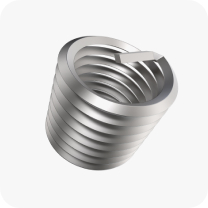
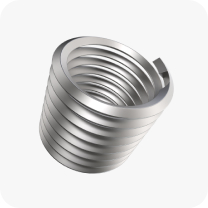
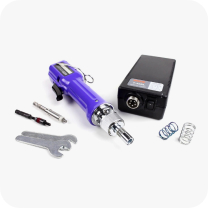
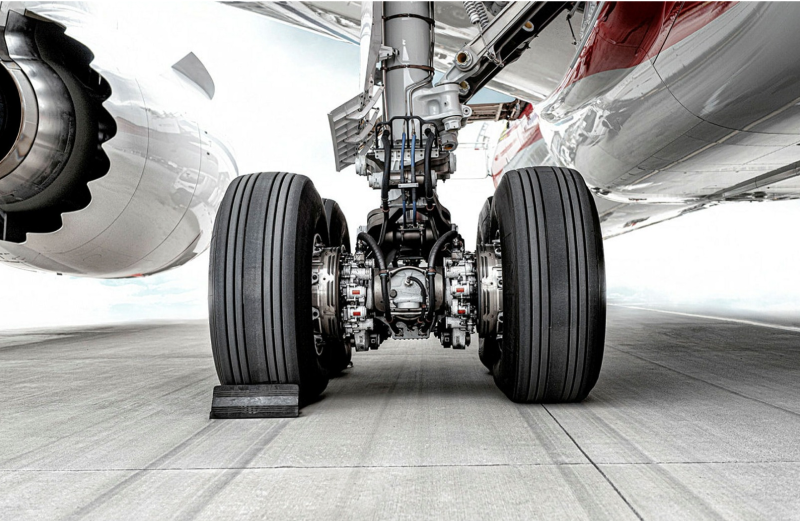
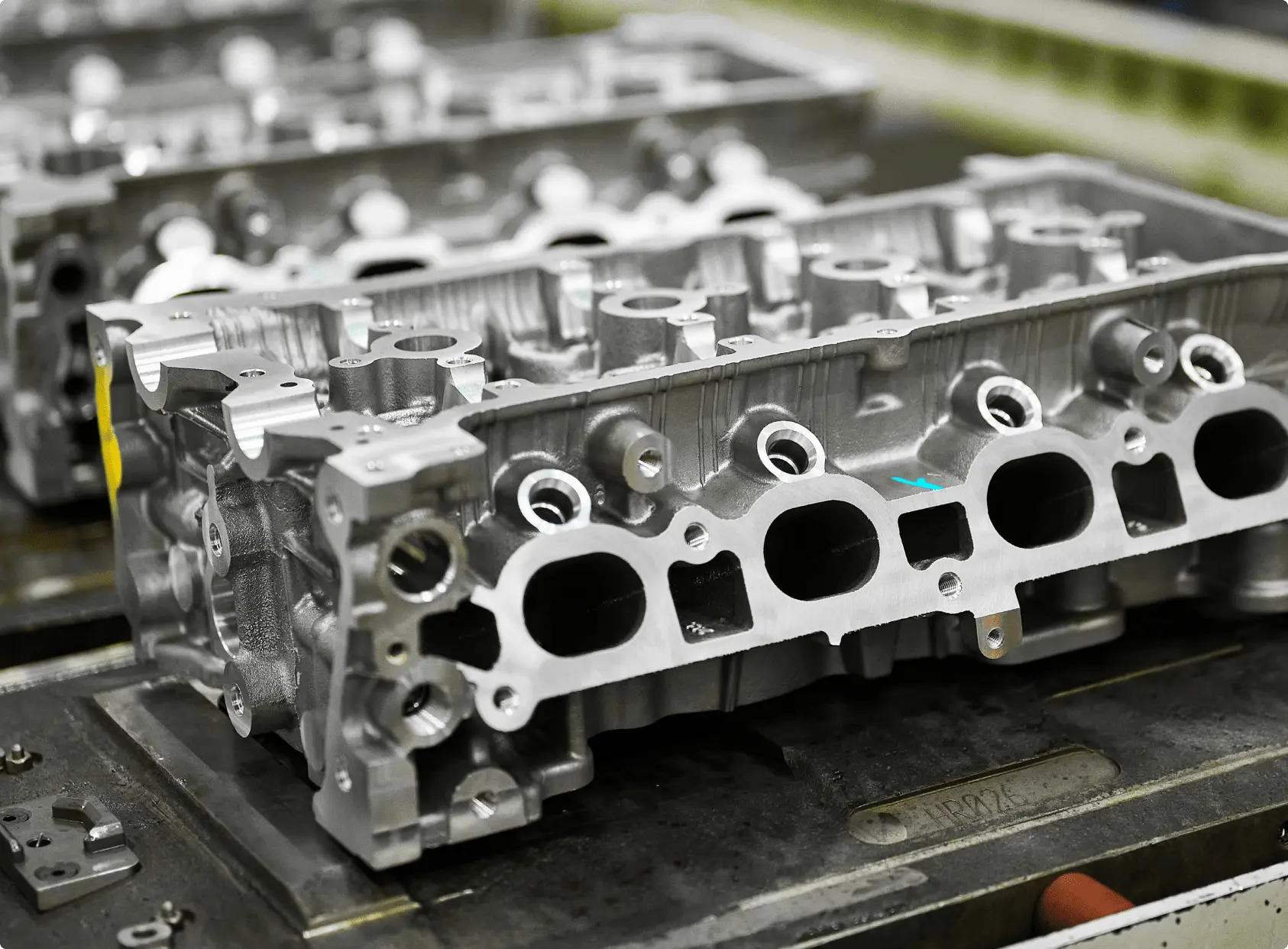
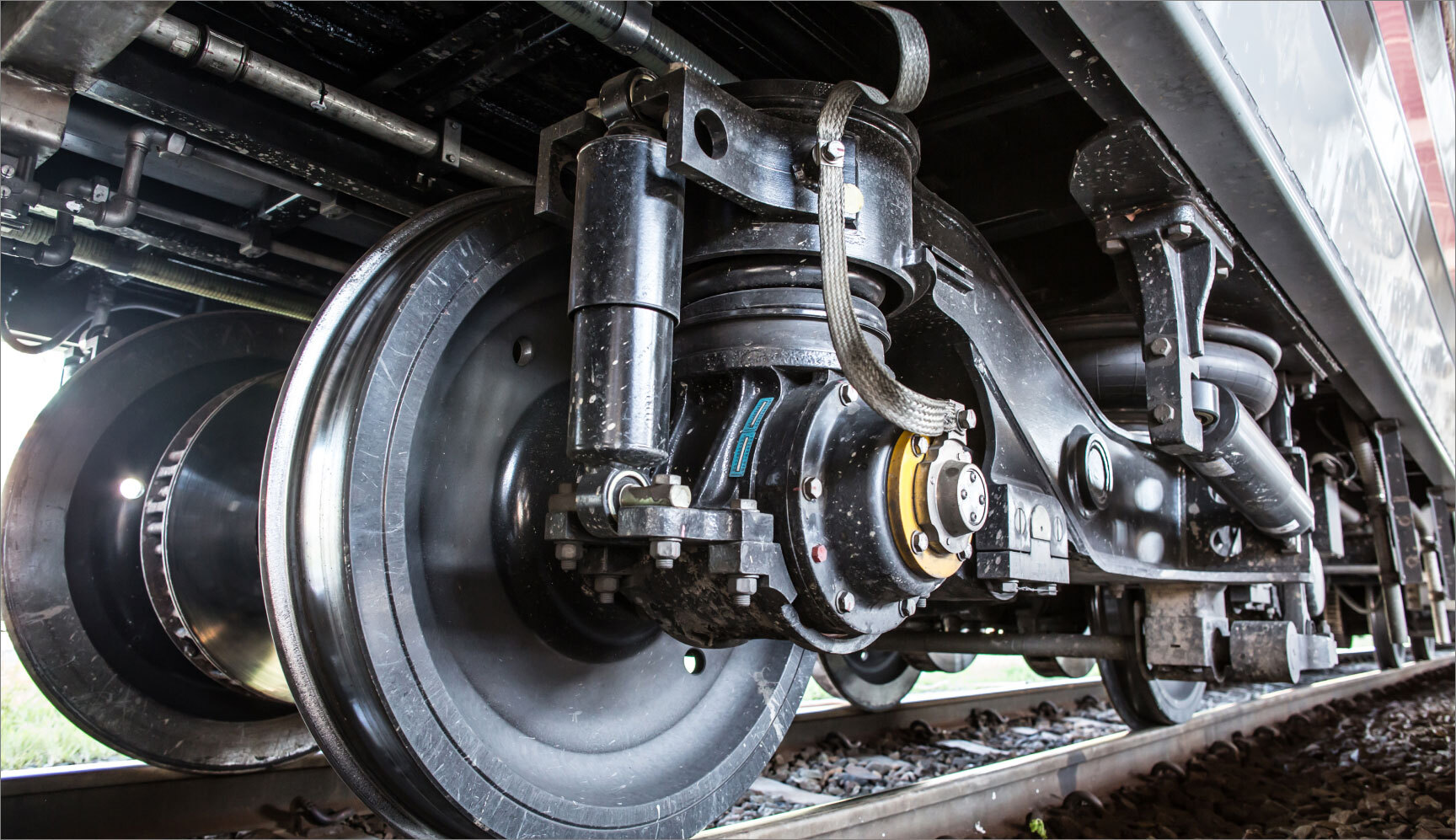

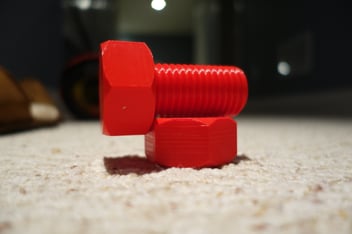
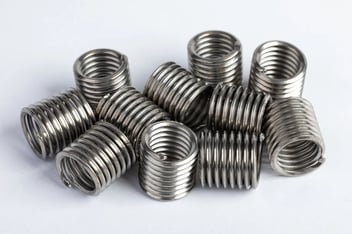
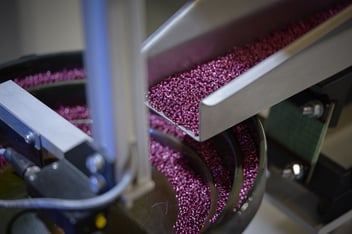

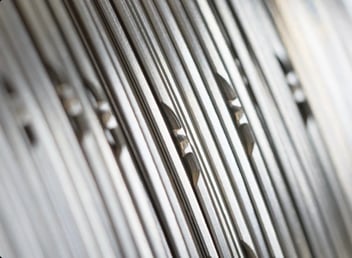
.jpg?width=352&name=EV%20Charging%20(2).jpg)